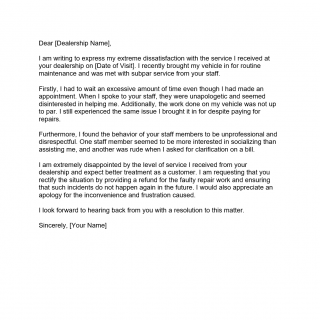Letter of Medical Necessity (LOMN)
A Letter of Medical Necessity is a document that outlines the medical need for a particular treatment, medication, or device. The main purpose of the letter is to provide justification for the medical necessity of a particular intervention, which may be required by insurance companies, government agencies, or other entities.
The letter typically consists of several parts, including a description of the medical condition, the proposed treatment, and the expected outcomes. Important fields on the letter may include the patient's name, date of birth, medical history, and specific details about the treatment or device being requested.
The parties involved in the process may include the patient, their healthcare provider, insurance companies, and government agencies. When writing the letter, it is important to provide accurate and detailed information, as any inaccuracies or omissions may result in denial of coverage or reimbursement.
In addition to the letter, supporting documentation may also be required, such as medical records, test results, or prescription information. These documents should be attached to the letter to provide additional evidence of the medical necessity of the requested intervention.
Application examples and use cases for the letter include individuals who require specialized medical treatments, medications, or devices that may not be covered by insurance without proof of medical necessity. The letter can help individuals obtain the necessary coverage or reimbursement for these interventions.
Sample of Letter of Medical Necessity
[Your Name]
[Your Address]
[City, State ZIP Code]
[Date][Insurance Company Name]
[Insurance Company Address]
[City, State ZIP Code]Dear [Insurance Company Name],
I am writing to request coverage for a medically necessary treatment for [Patient Name]. [He/She] has been diagnosed with [medical condition] and requires [treatment/procedure]. This treatment is essential to [his/her] well-being and quality of life.
[Patient Name]'s medical history and current condition have been thoroughly evaluated by [Doctor Name], [his/her] primary care physician. [Doctor Name] has determined that this treatment is the best course of action to manage [Patient Name]'s medical condition and prevent further complications.
I have attached a copy of [Patient Name]'s medical records, including [test results, diagnoses, images, or other relevant information]. These documents provide evidence of [Patient Name]'s medical history and support the need for this treatment.
I am requesting that [Insurance Company Name] cover the cost of this treatment as a medically necessary expense. I understand that the treatment may exceed the usual and customary charges, but I am willing to pay any additional costs.
Thank you for your attention to this matter. Please let me know if you require any additional information or documentation.
Sincerely,
[Your Name]
Strengths of the letter include its ability to provide evidence of medical necessity and increase the likelihood of coverage or reimbursement. Weaknesses may include the time and effort required to gather and submit the necessary documentation, as well as the potential for denial of coverage or reimbursement.
Related forms or analogues may include prior authorization forms, which are often required by insurance companies before certain treatments or medications can be covered. The main difference between a Letter of Medical Necessity and a prior authorization form is that the former is typically written by a healthcare provider and provides a more detailed explanation of the medical need for the intervention.
The letter can affect the future of the participants by allowing them to receive the necessary medical treatments, medications, or devices. However, it is important to note that the letter does not guarantee coverage or reimbursement, and individuals may still be responsible for out-of-pocket expenses.
The letter may be submitted to insurance companies, government agencies, or other entities as required. The letter and any supporting documentation will typically be stored in the patient's medical record.

